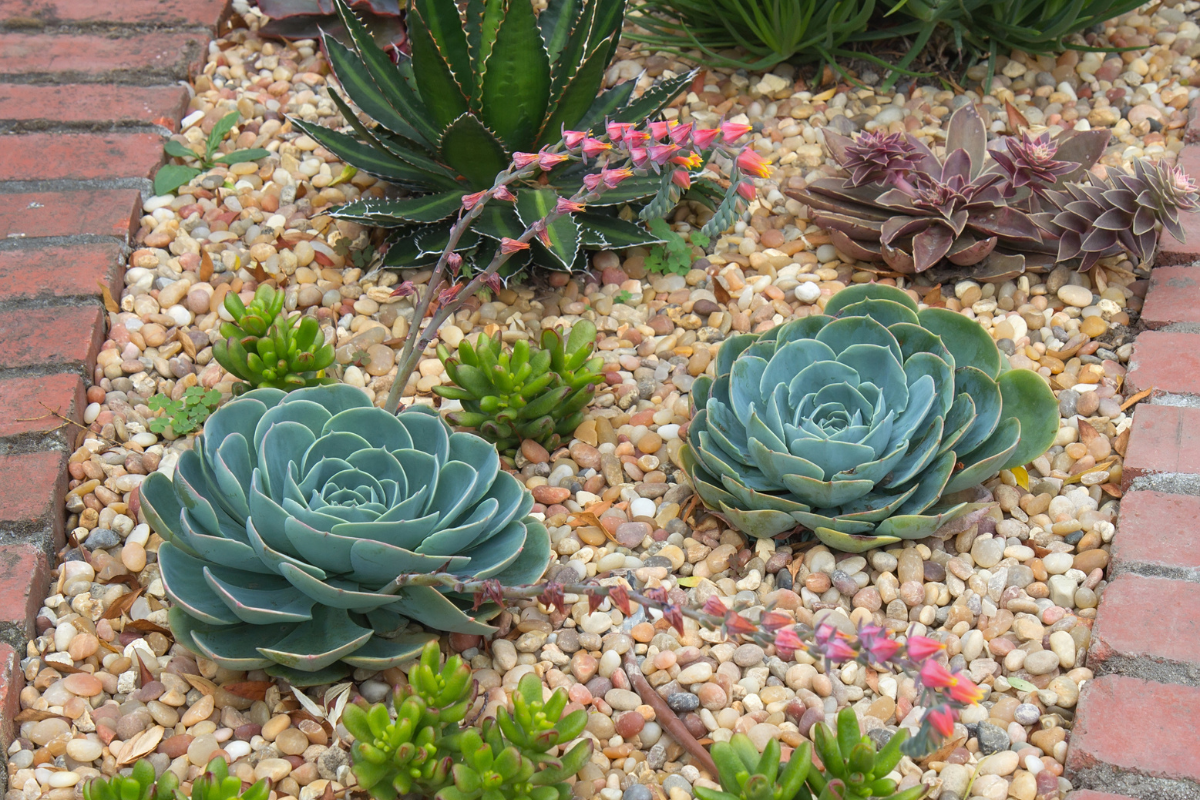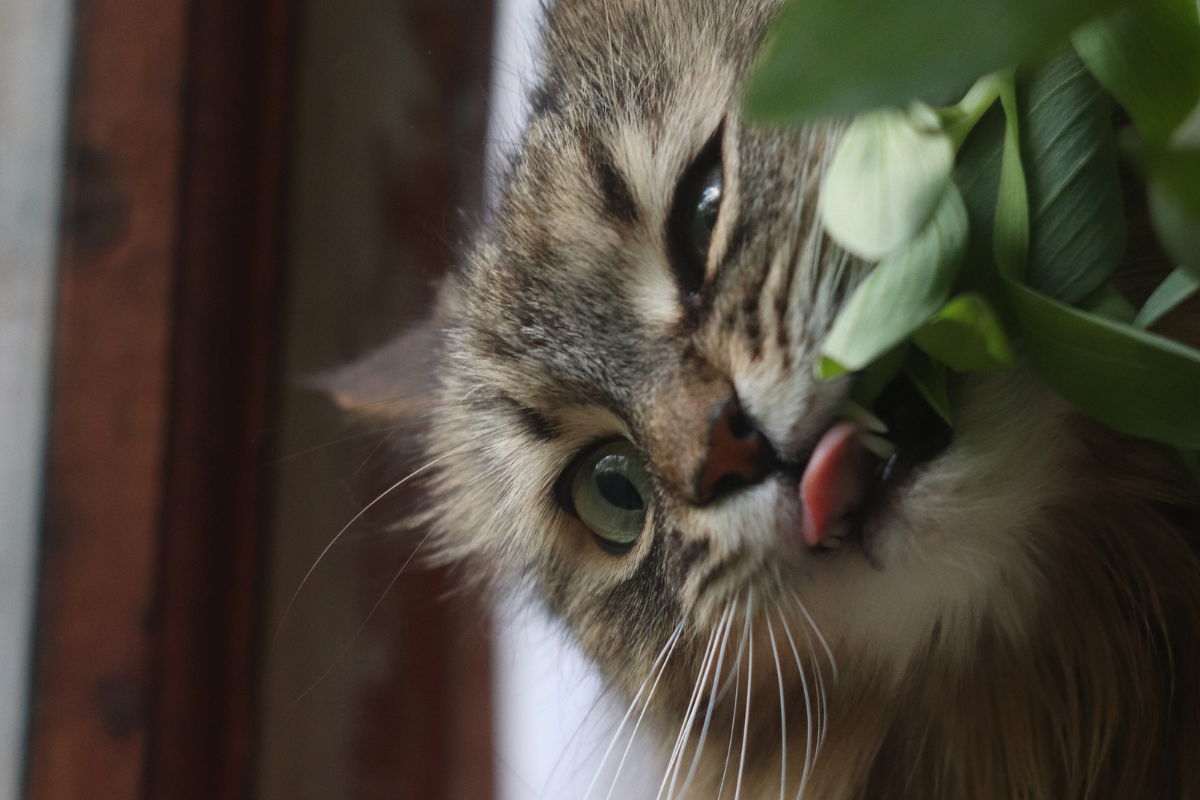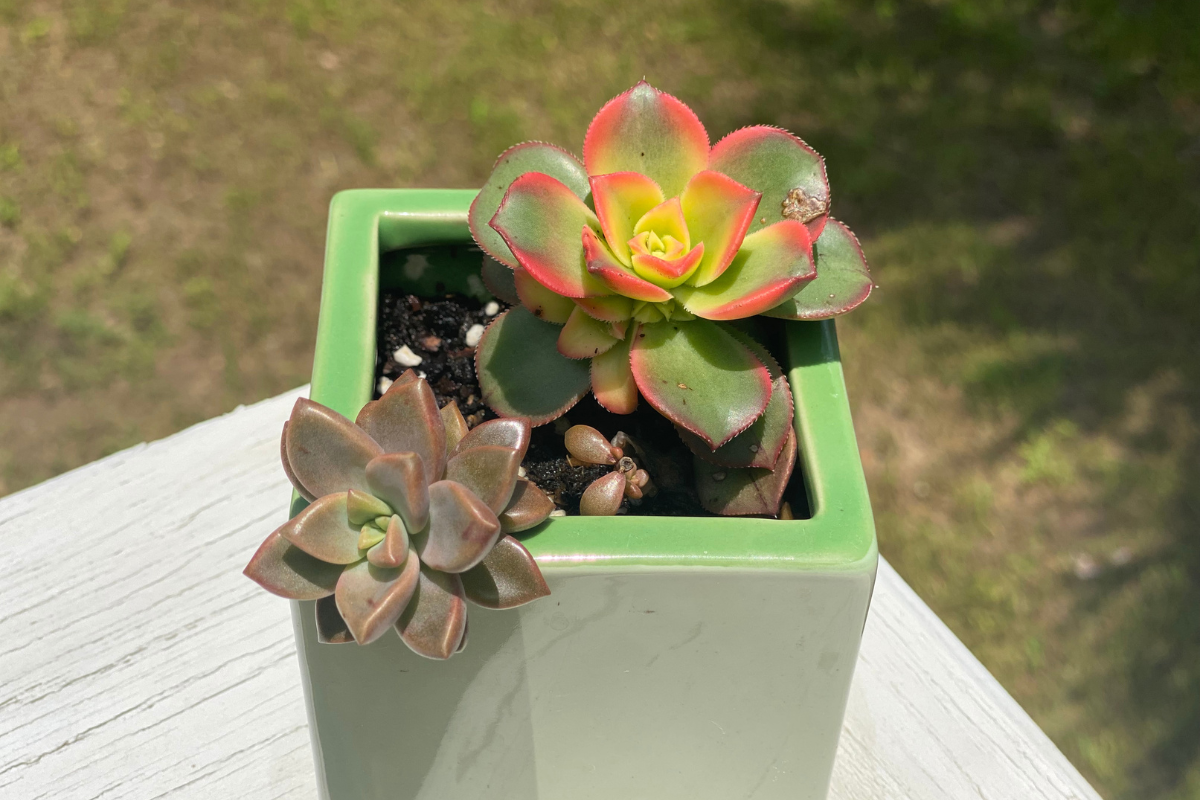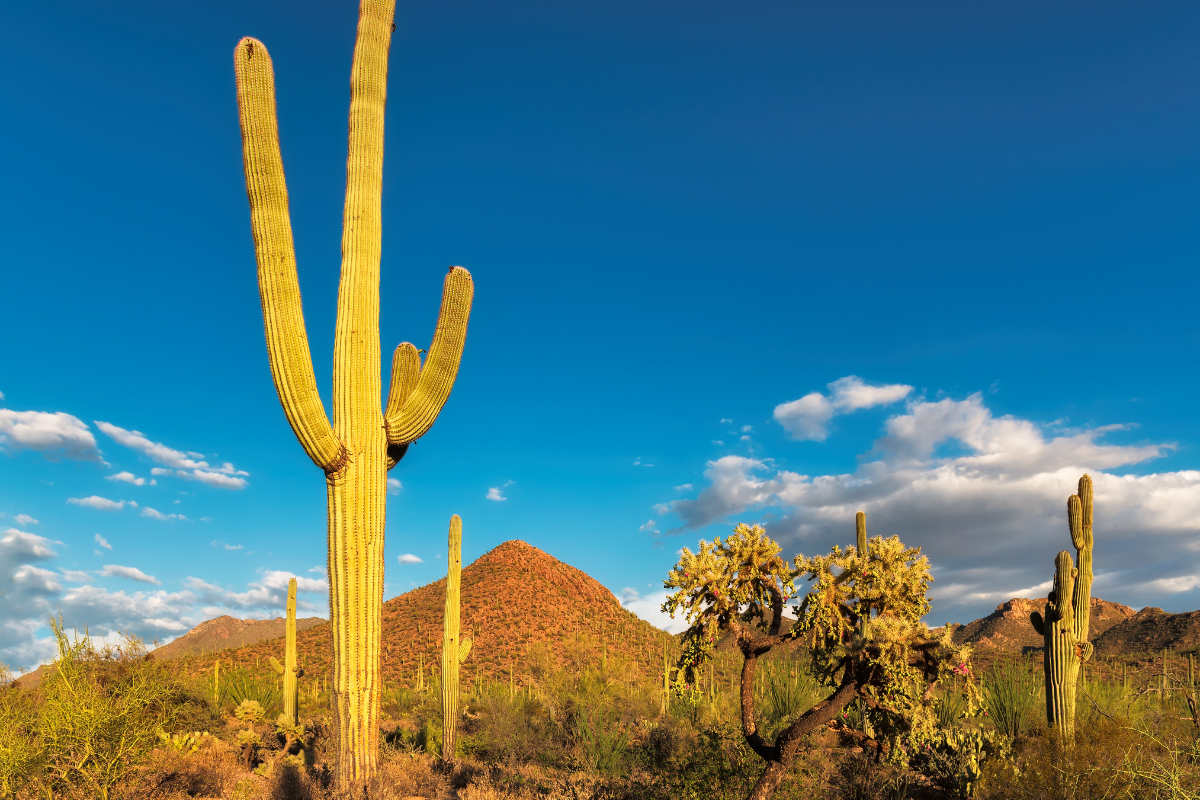Rock gardens are a beautiful and low-maintenance addition to any outdoor space.
And what better way to enhance the natural beauty of your rock garden than by incorporating succulents?
In this article, we’ve rounded up the 10 best succulents for rock gardens!
So let’s dive into our top picks and get inspired for your next landscaping project.
Table of Contents
Sedum
Sedum is one of the most popular succulents for rock gardens.
One of the key features that make Sedums ideal for rock gardens is their drought tolerance.
They can survive prolonged periods without water, which makes them perfect for areas with little or no rainfall
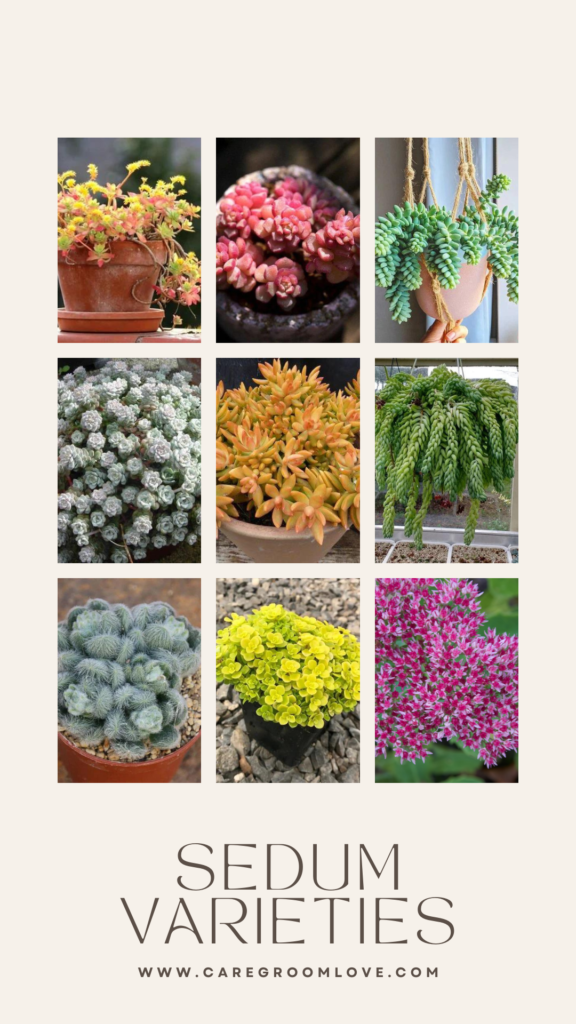
Another great characteristic of Sedums is their ability to spread quickly and form dense mats.
This makes them an excellent choice for filling gaps between rocks or creating natural borders within your garden.
Sedums range from low-growing creeping varieties to taller upright forms.
Their leaves can be small and rounded or elongated like those on a stonecrop Sedum.
They are an excellent addition to any rock garden due to their adaptability, beauty, and ease of care.
Sempervivum
Sempervivum, commonly known as Hens and Chicks, is a popular succulent for rock gardens.
This plant forms rosettes of fleshy leaves that come in various shades of green, red, and even purple.
Sempervivum is easy to care for and can tolerate extreme temperatures.
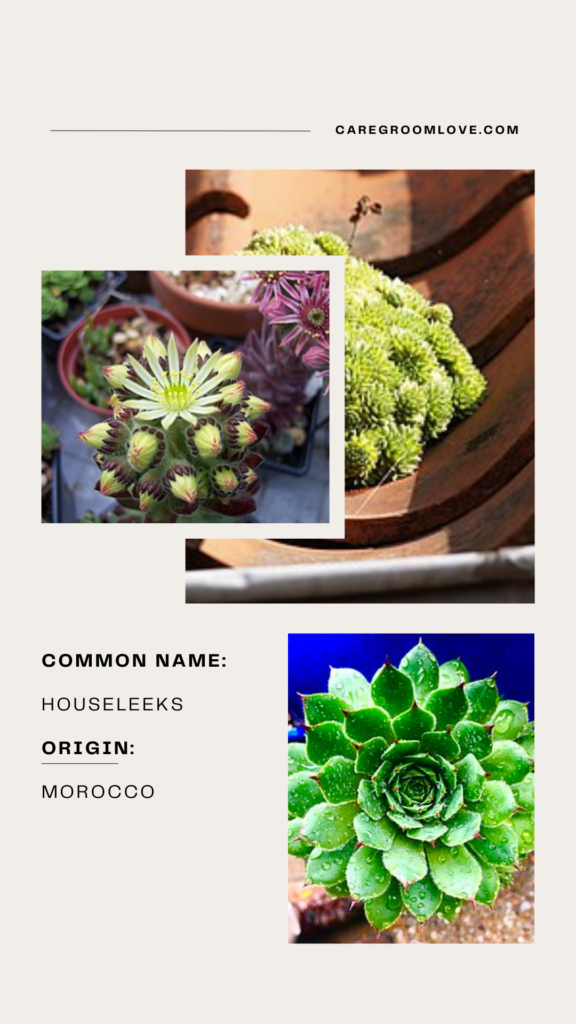
One unique trait of this succulent is its ability to produce offsets or “chicks” around the base of the parent plant.
These chicks can be separated from the mother plant and planted to expand the collection
In some cultures, it was believed that planting them on the roof would protect against lightning strikes.
Orostachys
Orostachys, also known as Dunce Caps, is a genus of succulent plants that belong to the Crassulaceae family.
This plant is from Eastern Asia and Siberia and has a striking appearance.
One of the most interesting things about Orostachys is how they grow.
They start out as small rosettes but produce offsets, forming clusters of plants over time.
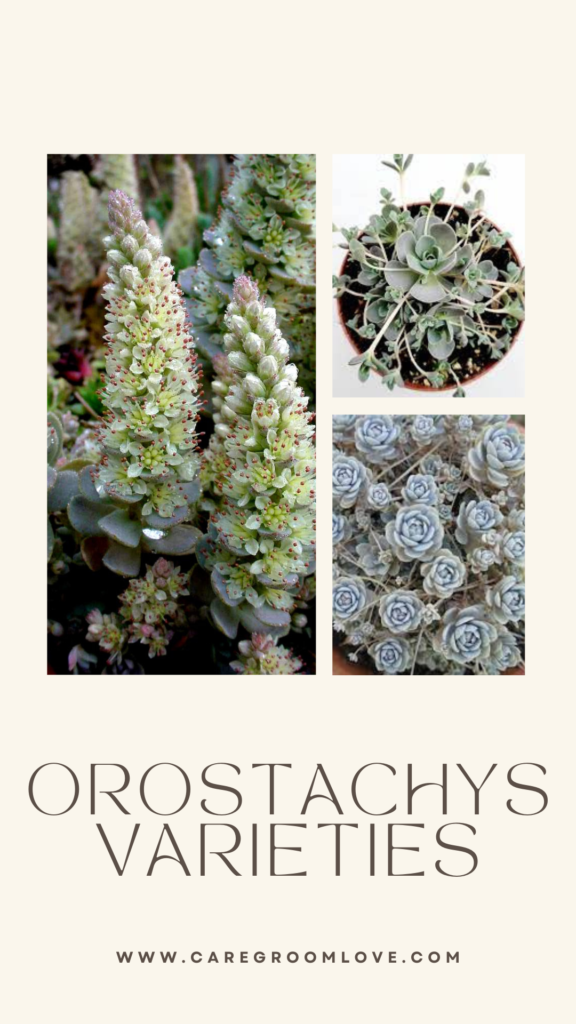
The shape and coloration of their leaves vary between species but often feature shades of green or blue-grey with red tips.
They are low-maintenance and hardy succulents that can tolerate drought conditions.
They thrive in full sun to partial shade and prefer well-draining soil. When it comes to watering, it’s best to let the soil dry out completely before giving them a good soak.
Jovibarba
Jovibarba is a genus of succulent plants that have small rosettes that grow close together.
These little rosettes can roll along the ground, which gives them this unique name.
They usually come in many different colors and shapes, making them perfect for rock gardens.
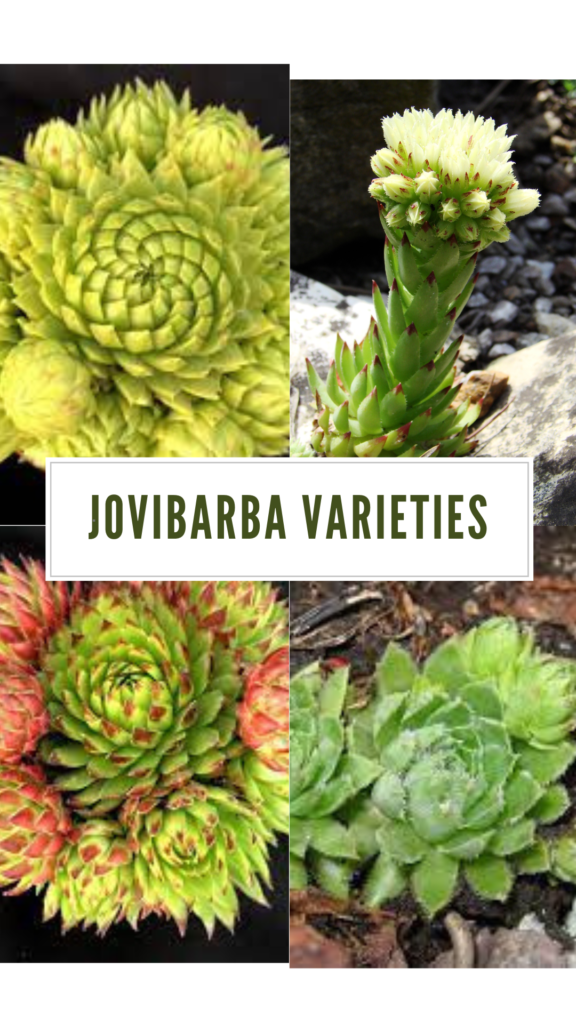
They love well-draining soil, full sun exposure, and do not need much water. This makes them very low-maintenance plants.
Arenaria is a popular species of Jovibarba which has blue-green leaves with red tips.
With its unique appearance and ability to grow in rocky areas, this plant is suitable for outdoor space
Portulacaria
Portulacaria, commonly known as the Dwarf Jade plant or Elephant Bush, is a small succulent tree that originates from South Africa.
This little gem is perfect for rock gardens due to its ability to withstand hot and dry conditions with minimal watering.
The leaves of the Portulacaria are small, round and have a glossy green appearance.
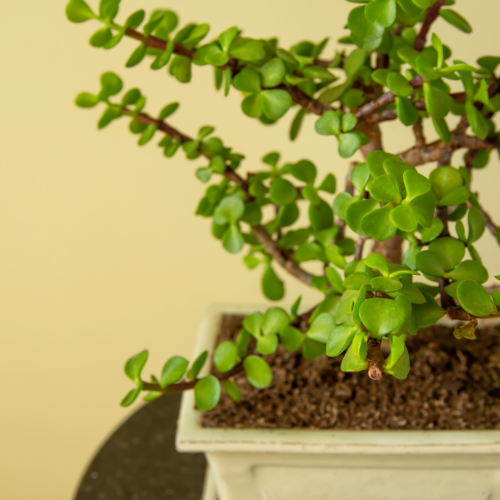
The stems can grow upwards or trail along rocks, creating an interesting texture in your garden.
This succulent also has the added benefit of being easy to propagate.
Simply take cuttings from healthy branches and plant them in well-draining soil.
This plant also has several health benefits such as purifying the air by removing toxins
It’s no wonder this versatile plant has become increasingly popular among gardeners.
It is an excellent choice for those looking for low-maintenance yet attractive plants for their rock garden.
Kalanchoe
Kalanchoe is a genus of succulent plants native to Madagascar.
They are popular for their brightly colored flowers, which bloom in clusters above the foliage.
Kalanchoes are in various shades of red, pink, orange, yellow, and white.
One of the most popular species of Kalanchoe is the blossfeldiana variety.
This plant has thick green leaves and produces small clusters of delicate flowers. The flowers come in an array of warm colors including reds, pinks, and oranges.
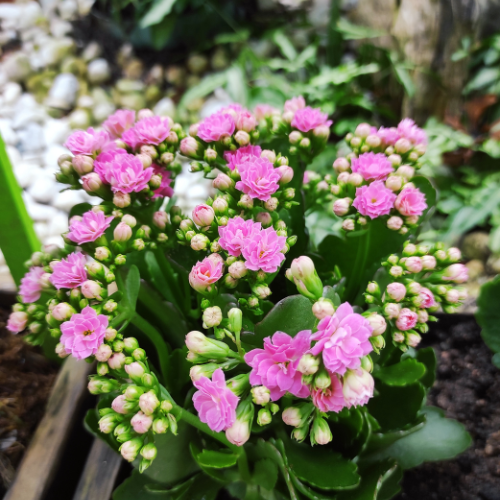
And it can thrive both indoors or outdoors as long as they receive ample sunlight.
Another notable species is the paddle-plant kalanchoe which forms rosettes with wide flat leaves resembling paddles.
This type has a unique beauty because it looks like it’s not real but it’s actually very tough.
Kalanchoes need well-draining soil and a little water during hot summers.
Kalanchoes offer an easy-to-grow solution to add color and texture to your garden space without much effort
Delosperma
Delosperma, commonly known as ice plant, is a genus of succulent plants that belong to the Aizoaceae family.
These plants are native to South Africa and have gained popularity for their ability to thrive in hot and dry conditions.
One of their most attractive features is their bright flowers. The flowers range from shades of pink, orange, yellow, and purple.
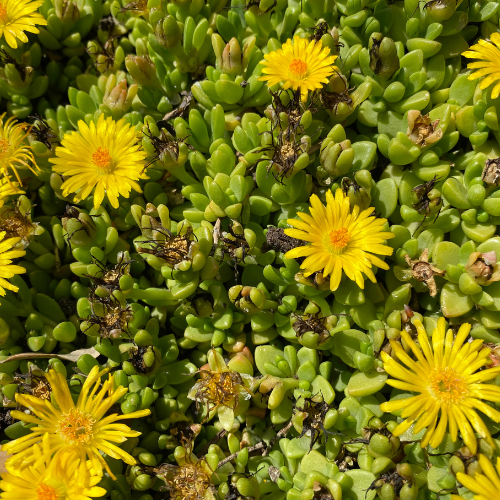
The flowers bloom during summer attracting bees and other pollinators.
Delosperma has a low-growing habit with fleshy leaves that form dense mats making them perfect for rock gardens or ground covers.
They are easy to grow and need minimal maintenance
Ice plants prefer well-draining soil enriched with organic matter.
They can be propagated by stem cuttings or division in early spring when the new growth appears.
Cactus
Cactus is a popular succulent that can add an interesting texture to your rock garden.
These plants are known for their unique shapes and spiny leaves, which make them stand out from other succulents.
One of the benefits of cacti is that they come in a wide variety of sizes, shapes, and colors.
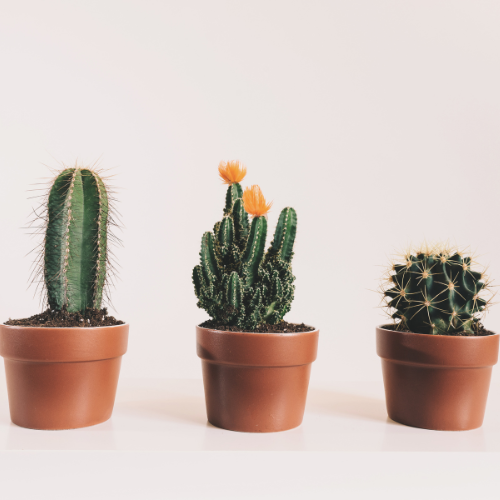
This means you can choose the right type to fit into any area of your rock garden.
Cactus also need very little water compared to other succulents. Care should be taken not to overwater them as it could lead to root rot.
Another advantage of using cacti in your rock garden is that they are easy to maintain.
They don’t need much pruning or deadheading, which makes them perfect for busy people
Crassulas
Crassulas are a diverse genus of succulent plants. They have plump leaves often arranged in rosettes
One popular species is Crassula ovate, commonly known as Jade Plant.
This plant has glossy green leaves with a noticeable red margin that turns almost black when exposed to full sun.
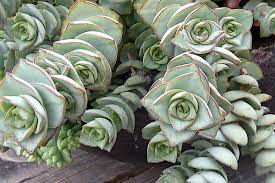
It’s easy to care for and can grow up to 3 feet tall, making it an impressive focal point in any rock garden.
Another standout variety is Crassula muscosa ‘Watch Chain.’
Unlike other crassulas, this species has packed triangular stems covered in tiny leaves.
Its bright green color makes it a perfect accent or filler plant among larger rocks or boulders.
They are adaptable and can tolerate both drought as well as cold temperatures. This makes them ideal choices for various climates.
They prefer well-draining soil but will thrive even on rocky terrain.
Echeverias
Echeverias are a popular choice for rock gardens due to their stunning colors and unique shapes.
These succulents come in a variety of sizes, from tiny rosettes to larger plants that can reach up to 2 feet in diameter.
Their leaves range in color from pale greens and blues to deep purples and pinks.
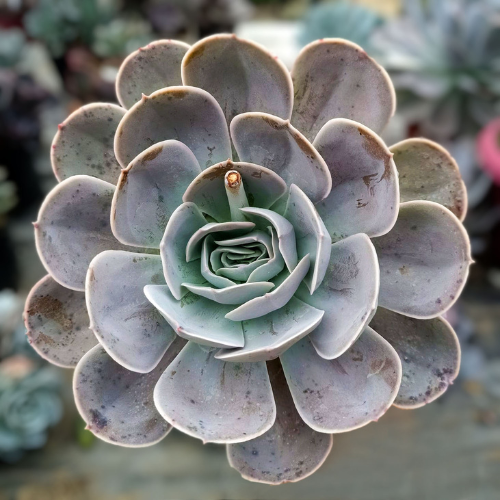
One of the most attractive features of Echeverias is their ability to change color depending on how much sunlight they receive.
With plenty of sun exposure, these succulents will develop bright hues that add character and beauty to any rock garden.
These plants need low maintenance, requiring very little watering once established.
They do well in rocky soil with good drainage, as excess moisture can cause root damage.
Conclusion
When selecting succulents for your rock garden, consider the climate and lighting conditions of your area.
Some succulent varieties prefer direct sunlight while others do better in partial shade.
With these varieties, you can create a beautiful display of the best succulents for rock gardens,
With proper care and maintenance, you can enjoy a beautiful landscape full of unique textures and colors
